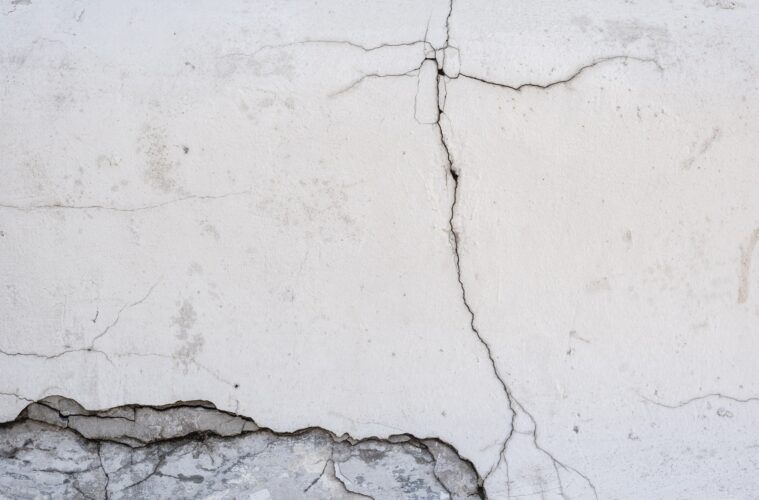When it comes to building signs, it’s important to know what to look for to determine whether or not you need to consult a structural engineer. Structural engineers specialize in designing and analyzing structures such as buildings, bridges, and tunnels. They can provide invaluable insights into the safety and stability of a building’s structure and can help identify any potential issues before they become major problems. Here are six building signs you need to consult with a structural engineer.
1- Cracks in Walls or Floors
One of the most obvious signs of potential structural problems is the presence of visible cracks in walls or floors. These cracks may be small or large, indicating various issues, including foundation settlement, water damage, or structural instability. If you notice cracks in your building, it is important to consult with a structural engineer to assess the severity of the problem and recommend a solution.
2- Sagging or Uneven Floors
If you notice that the floors in your building are sagging or uneven, it may be a sign of structural damage. Various factors, including water damage, foundation settlement, or inadequate structural support, can cause this. A structural engineer can evaluate the problem and recommend a solution, including reinforcing the existing structure or adding additional support.
3- Doors or Windows That Stick or Jam
Doors and windows that stick or jam may indicate structural problems, as they may indicate that the building is shifting or settling. Various factors, including foundation issues or inadequate structural support, can cause this. A structural engineer can evaluate the problem and recommend a solution, including reinforcing the existing structure or adding additional support.
4- Bowing or Leaning Walls
If you notice that the walls in your building are bowing or leaning, it may be a sign of structural damage. Various factors, including water damage, foundation settlement, or inadequate structural support, can cause this. A structural engineer can evaluate the problem and recommend a solution, including reinforcing the existing structure or adding additional support.
5- Water Damage or Moisture Problems
Water damage or moisture problems can cause significant structural damage over time. This can include rotting wood, rusting metal, and weakening structural supports. If you notice signs of water damage or moisture problems in your building, it is important to consult with a structural engineer to assess the severity of the problem and recommend a solution.
6- Age of the Building
Finally, the age of the building itself can be a sign that structural problems may be present. Older buildings may have outdated or inadequate structural systems, leading to significant damage over time. If your building is older, consulting with a structural engineer to assess the structure’s integrity and recommend any necessary repairs or updates is important.
Building owners and managers should be aware of the signs that indicate the need for structural engineering consultation. These signs can include visible cracks in walls or floors, sagging or uneven floors, doors or windows that stick or jam, bowing or leaning walls, water damage or moisture problems, and the age of the building itself. If you notice any of these signs in your building, it is important to consult with a structural engineer to assess the problem and recommend a solution.

